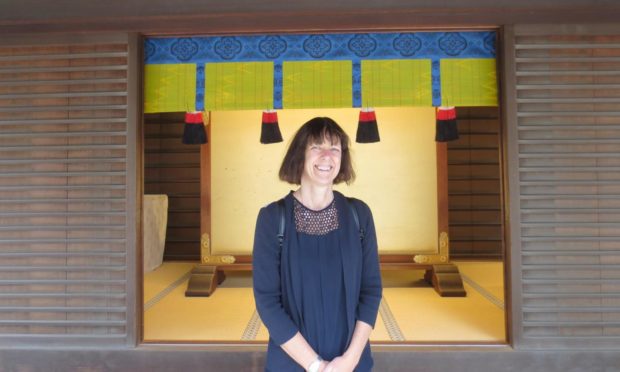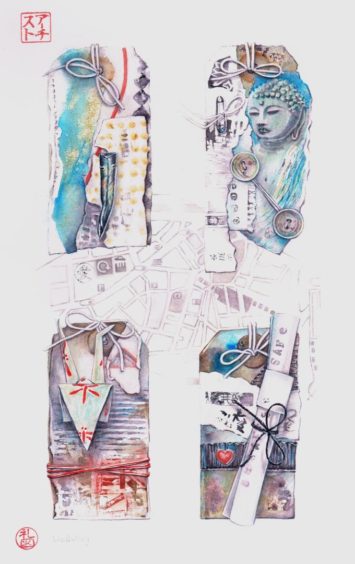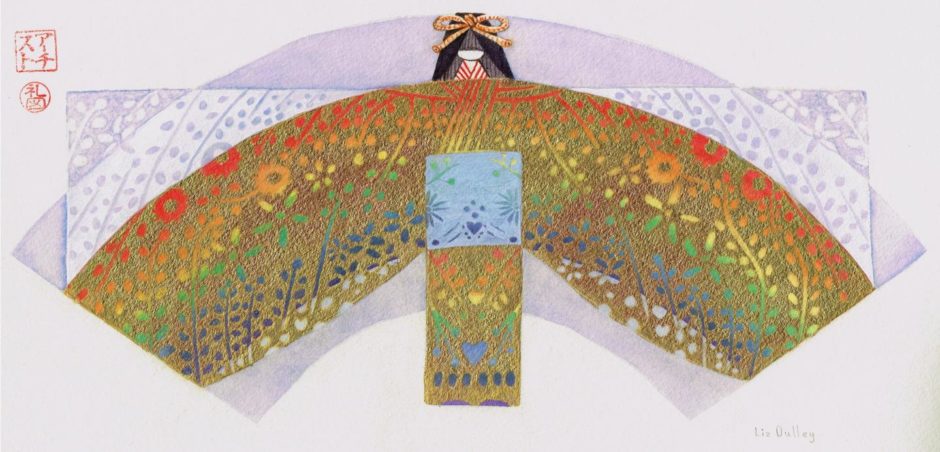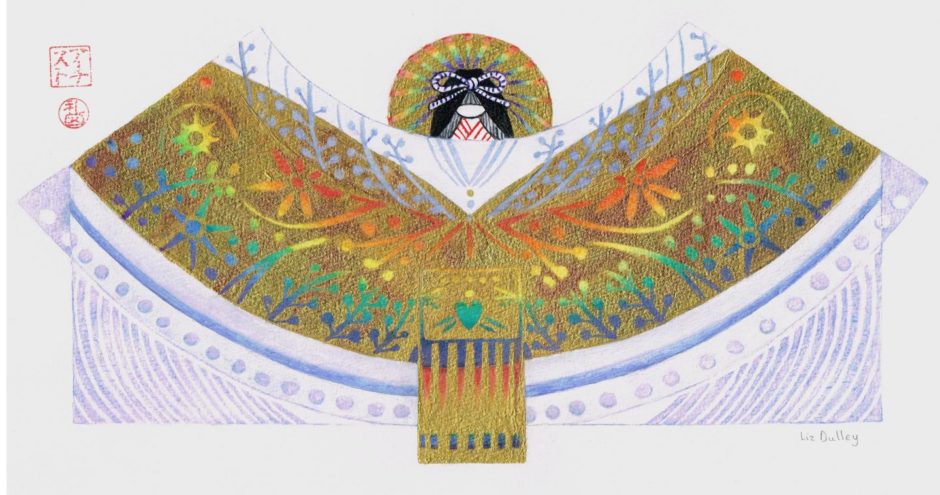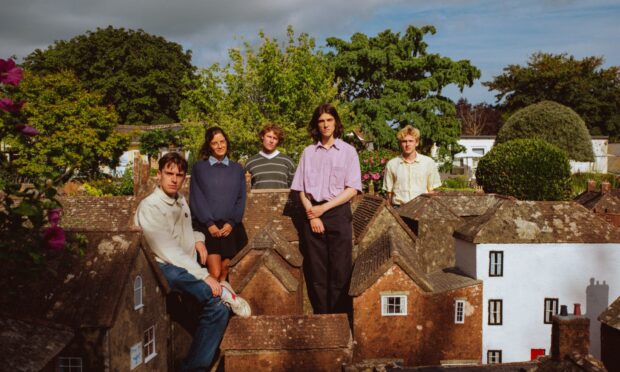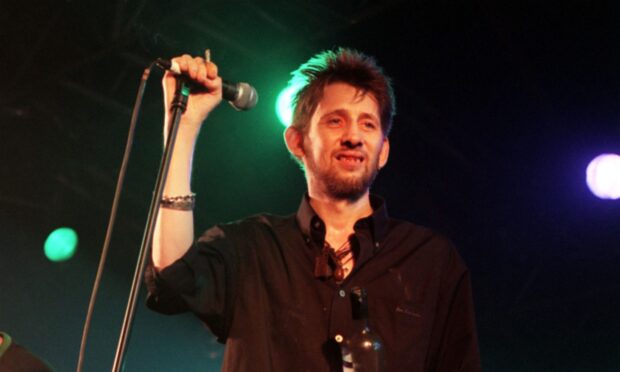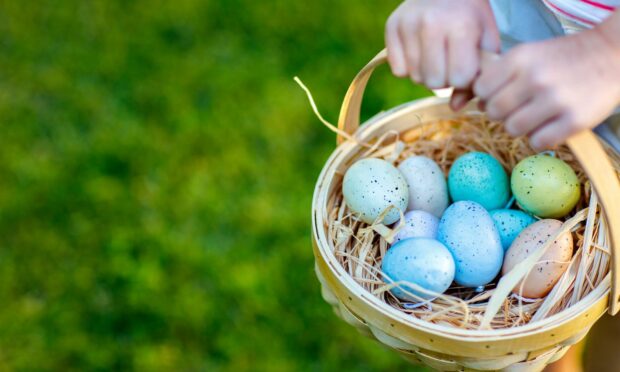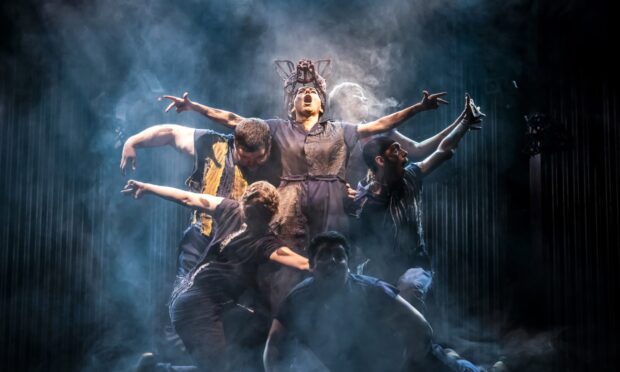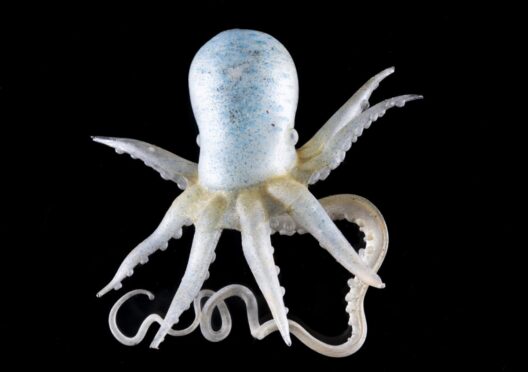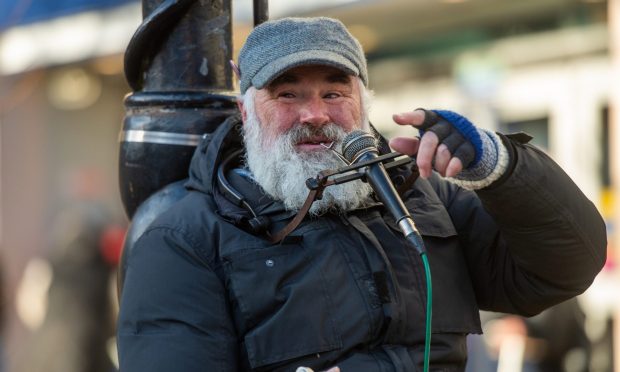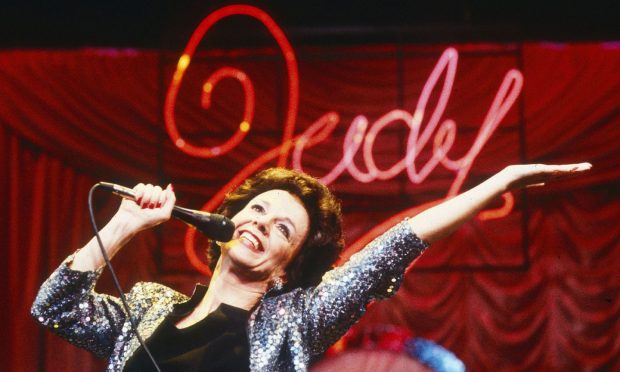Connections between Dundee and Japan aren’t particularly obvious either now or historically.
The best known past interface between the City of Discovery and the Land of the Rising Sun is probably in the career of earthquake expert and ex-West End Academy pupil Sir James Alfred Ewing, who served as professor of mechanical engineering at Tokyo University for five years from 1878.
Nowadays, Japanese students are noticeable — albeit in small numbers — in Dundee, where eateries specialising in both traditional “washoku” cuisine and modern dishes from the Pacific island nation have become increasingly popular.
Perhaps most interestingly, however, Invergowrie-based artist Liz Dulley has carved out a niche by forging unique watercolour paintings influenced by the beautiful designs found in ancient Japanese culture, along with the birds who frequent her garden.
She opens her annual solo exhibition tomorrow at her home studio. Up until last year it was staged at Dundee Botanic Gardens, but visits by appointment or via Zoom remain for now.
While Liz has seen an obvious loss of footfall due to the pandemic, she feels a one-to-one offering has actually helped boost already strong relationships.
“People really didn’t want to come out and visit anything last year so I had quite a lot of online contact,” she tells me.
“I show them slides and take them on a video trip around the studio so they feel they’re in the exhibition, then we go back and talk about the pictures they’re interested in. It’s more personal and having a longer chat does help build up a rapport.”
Liz made the first of three trips to Japan six years ago, with her most recent tour of temples, shrines and museums taking place in August 2019, just months before Covid and drastic travel restrictions.
Confined to home, however, she further explored her inspirations by working on a series of assemblage paintings that incorporated creations made from Japanese paper.
A collection born from lockdown soon emerged, with origami doll-like illustrations of twin angels — one with its wings turned down, the other turned up — symbolising hope and joy respectively through the pandemic.
“There’s a beginning, and the end is joy inspired by the vaccination programme,” Liz explains.
“Within the girl’s wings she’s got the rainbow of hope, where that emotion is hidden under her kimono. It’s the cold hope within, rather than a hope displayed outside.
“The middle is called Reaching Out and is about doing my parents’ shopping and that little bit of contact we were able to share outside of confinement, and I used origami crayons to symbolise longevity. I also did others about being alone and contained in the house, and about my daily exercise, in the form of paintings of a book.”
A career change
A former nurse and biotechnology student, Liz decided to change paths when her son started school in 2002 by enrolling on a fine art development course.
“I started working with watercolours because they were lightweight and compact and I was using public transport to go from Montrose to college in Dundee,” the Nottingham-born artist adds.
“I could also dry the watercolour off quickly at the end of class with a hairdryer — it runs in different ways, but then you can tidy it up. It is challenging, but it’s really good just for experimenting with abstract marks on different objects.
Everything I see in Japan I find is perfect to look at
“The bits of Japanese paper that I put in are to give it a sense of place — that’s me putting a piece of Japan into the painting. I’m interested in the space in between and that’s what all my work shows. Everything I see in Japan I find is perfect to look at and I can identify with it.”
Although she’s moved on, Liz says her nursing instincts are never far away.
“At first I wanted to go and help people, and I think I’m actually helping people now,” she declares.
“I’m helping people by showing them my art. I’m not sure the biotechnology was something I was terribly interested in. I’ve only been a professional artist now for 10 years and it’s been an amazing journey.
“This is the career I wish I’d gone down from the beginning, but it doesn’t matter — it’s never too late to do art so at least I’m able to do it now.”
- The show runs June 5-20. Go to lizdulley.co.uk to book.
